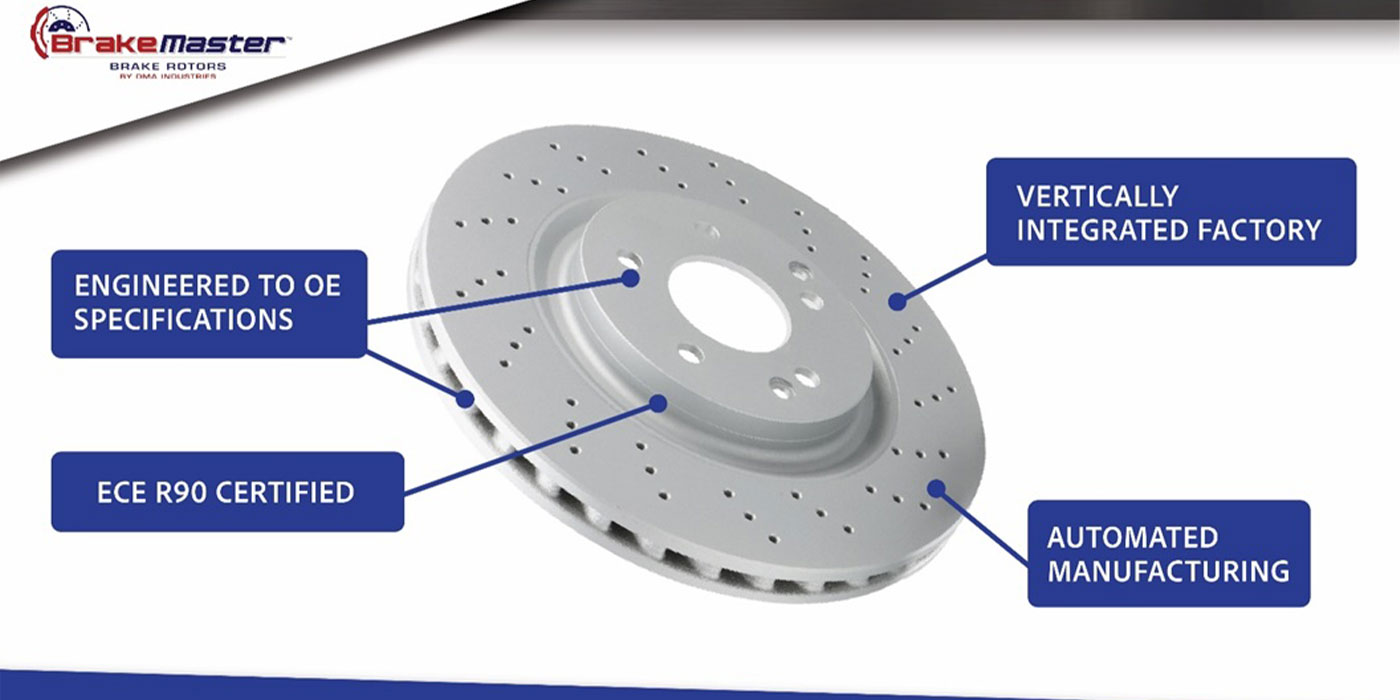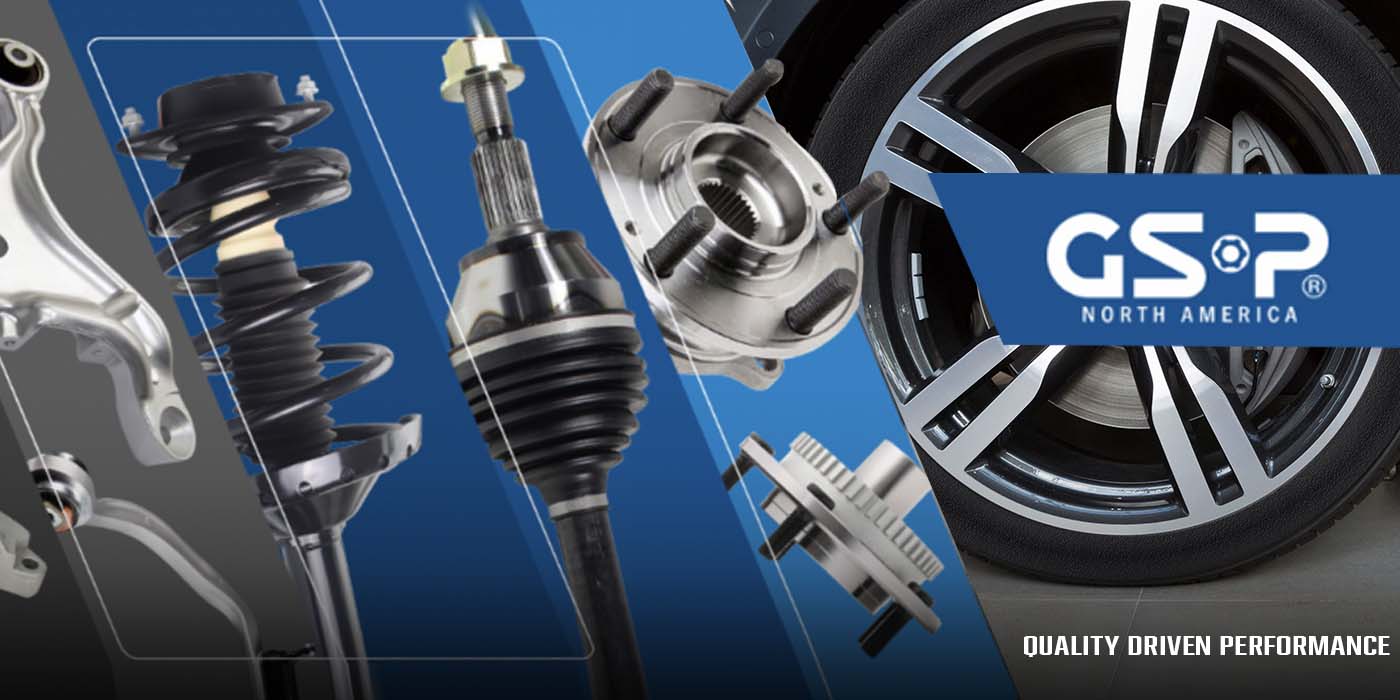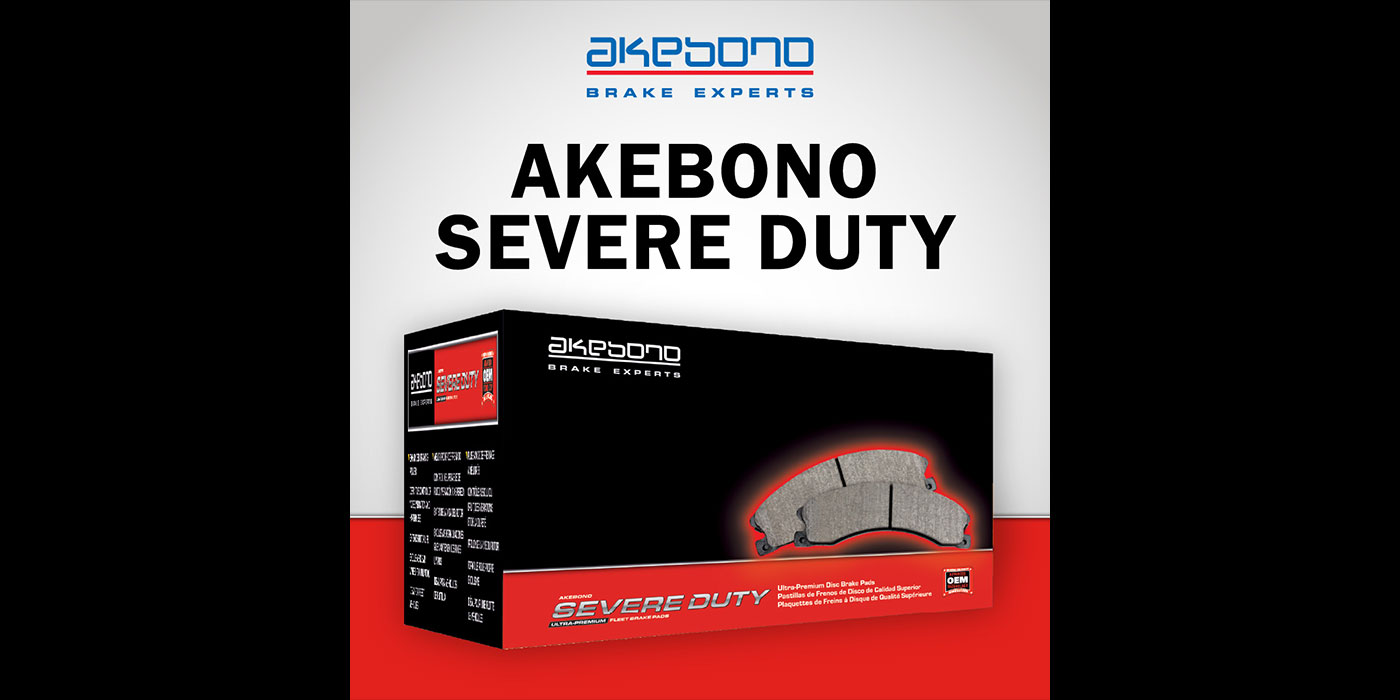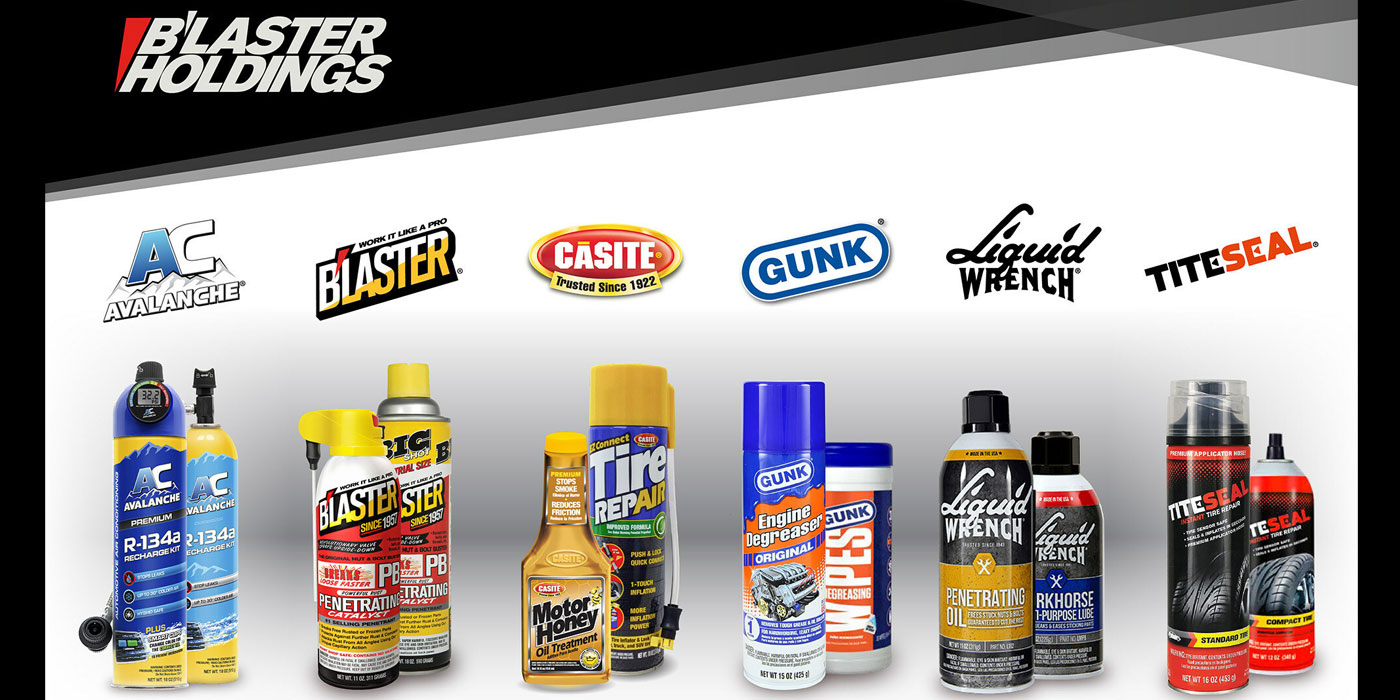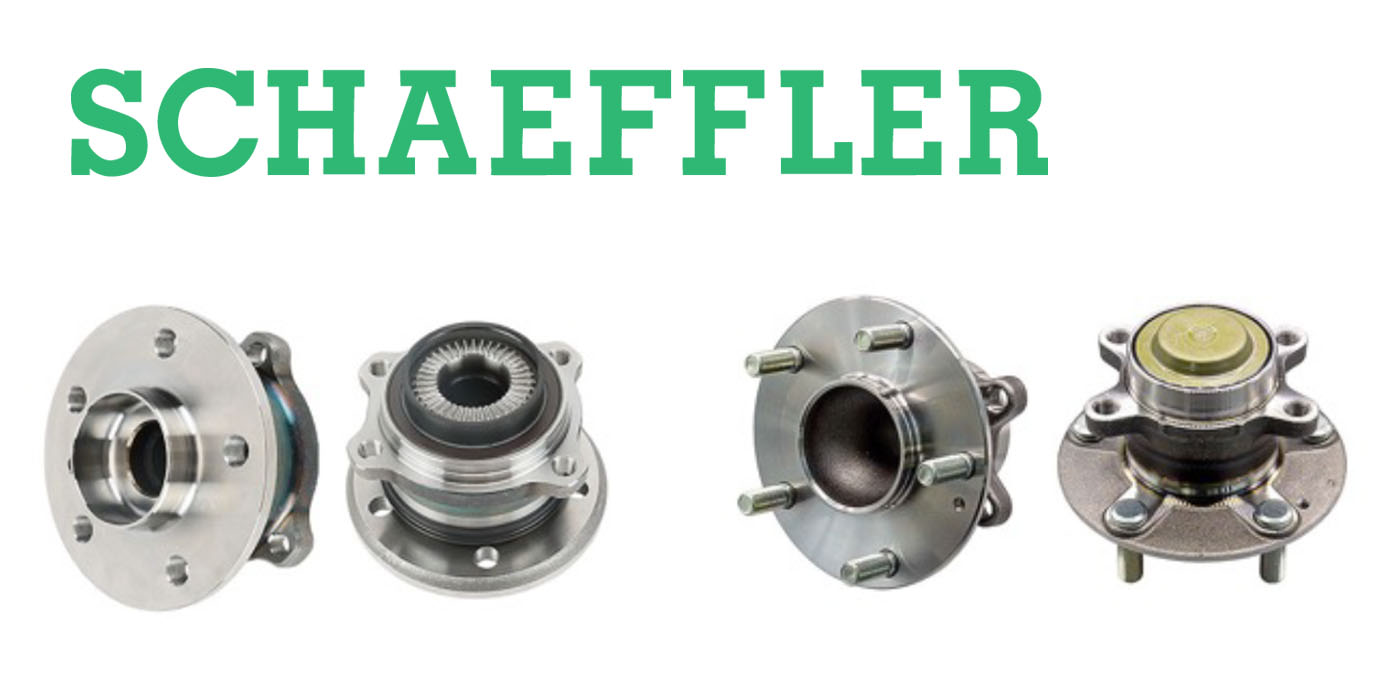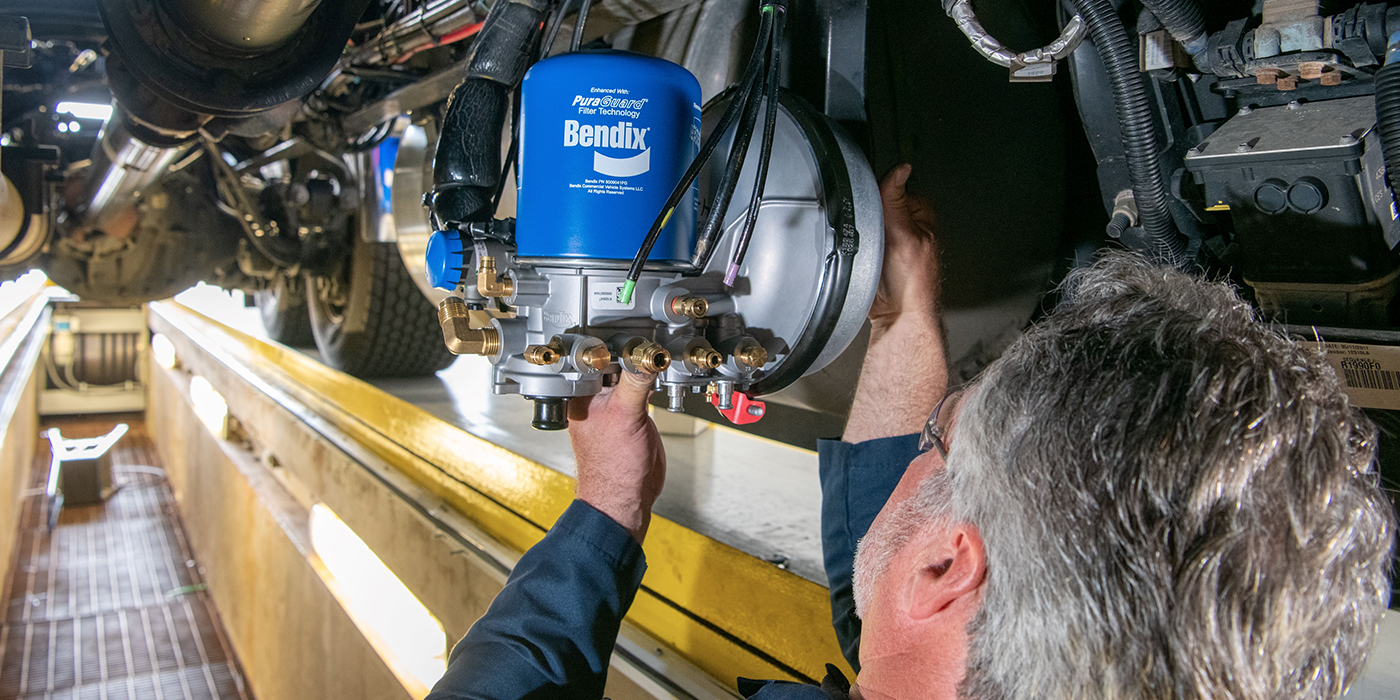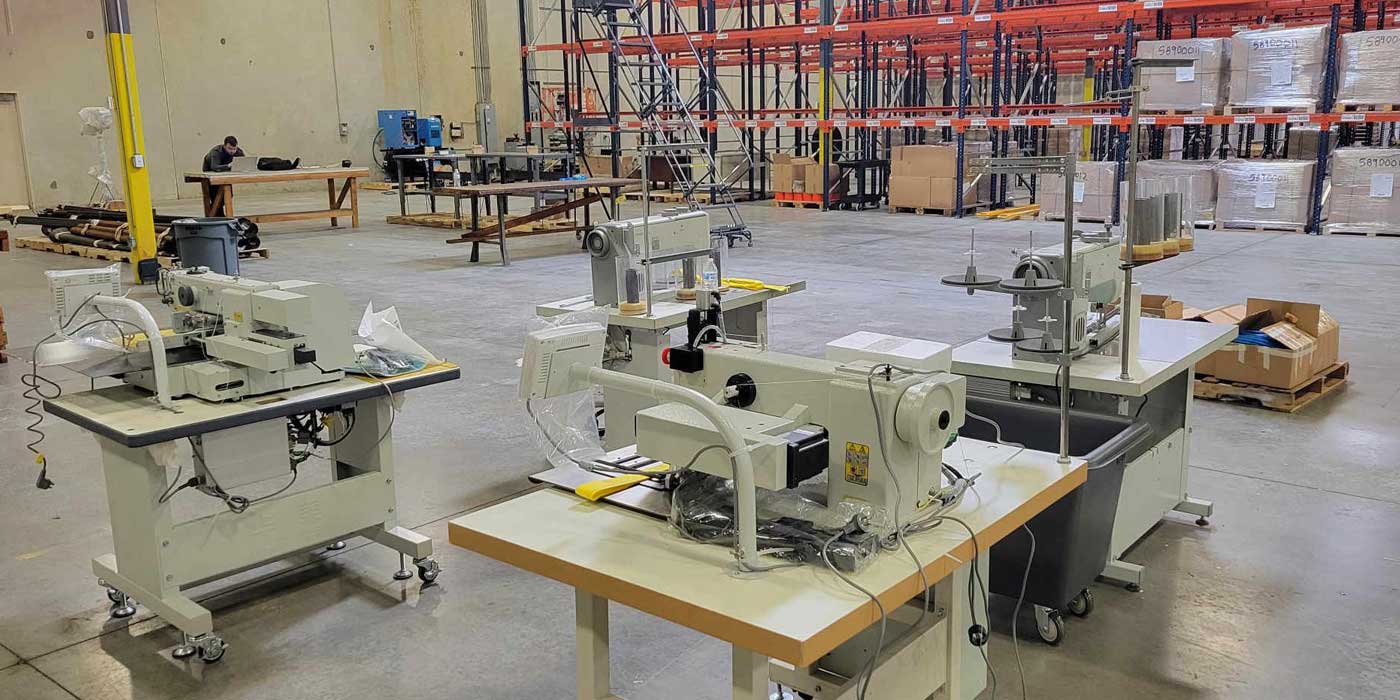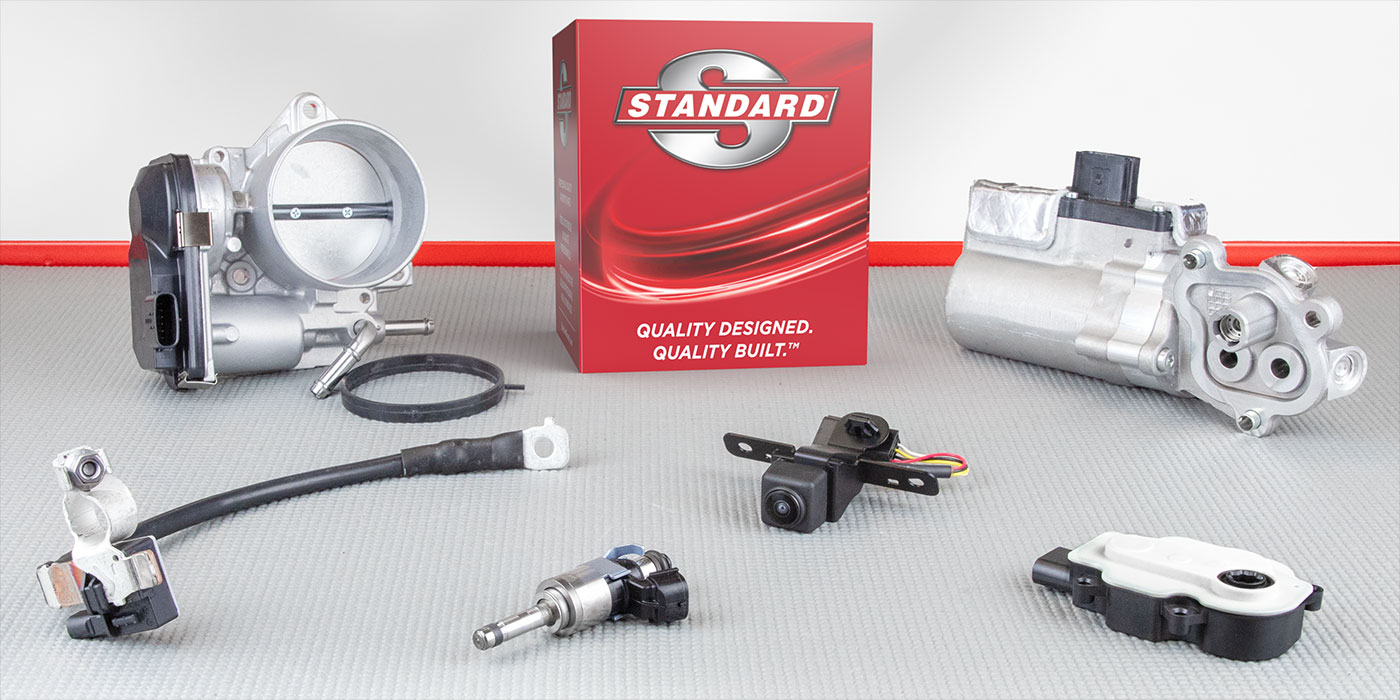From Tire Review
Results of the long-awaited federal government study of tire fuel efficiency were released this morning by the National Research Council.
Compiled at the request of Congress and funded by NHTSA, the study was expected to provide additional fodder for state and national legislators, eager to gain votes from consumers angered by high gasoline and diesel prices, to promote laws requiring replacement tires to be as fuel efficient as OE tires.
In reading past the Executive Summary of the 134-page report by the 12-person Committee for the National Tire Efficiency Study, their expectations were not met. In fact, the study was short on enlightening information or conclusions.
The main takeaway from the report is “that a 10 percent reduction in tire rolling resistance translates into a 1 percent to 2 percent reduction in fuel consumption.” That, in turn, could mean a dollars-and-cents savings of $12 to $24 per year for a typical consumer.
The consumer media have already sunk their teeth into the report’s unsupported final recommendation that the government should create a way to “gather and report information on the influence of individual passenger tires on fuel consumption” to tire buyers.
While that’s all well and good, the report itself does not specifically support that conclusion and does not offer a means to test and certify a tire’s supposed fuel efficiency.
Rather, the report does rightly conclude that passenger tires – specifically P-metric tires, as LT-metric tires were not even considered in the study – could have lower rolling resistance, which could be achieved through changes in tread design and compounding and (surprise) better inflation maintenance.
In fairness, unlike other government tire studies in recent years, this report acknowledges what the committee did not know or understand and presented practical arguments for and against certain assertions. But there was nothing presented in the final report that any experienced tire engineer could not have reported for a fraction of what the federal government spent.
Among the key points made in the report:
• Replacement tires are designed to perform on a wide range of vehicles, whereas OE tires are designed for specific vehicles and, therefore, deliver enhanced performance for that particular vehicle. Because replacement tires are made to work on a range of different vehicles, it would be difficult to enhance one performance characteristic over others without some downside to some or all of the possible vehicles that tire could be fitted to.
• In looking at how various components in a common vehicle impact fuel consumption, tire rolling resistance accounts for 4 percent. In typical urban driving, more energy (fuel consumption) is wasted by the engine (69 percent), braking (6 percent), driveline (6 percent), and idling (17 percent). Yet the report makes no suggestions on improvements in those areas.
• Road surfaces – including materials and condition – increase energy losses by 5 percent to 20 percent, said the study. Better roadways, therefore, would save more in fuel costs than lower rolling resistance tires.
• OEMs say that the current trend toward lower aspect ratios and larger wheel diameters – obviously controlled by the OEMs – are having “mixed effects on rolling resistance.” While stiffer sidewalls reduce deflection (lowering rolling resistance), tread compound changes to enhance cornering, handling, traction and braking – as mandated by the OEMs – negatively impact rolling resistance, mitigating the positive effects gained by shorter sidewalls.
• Run-flat tires, which are becoming more popular, appear to have at least 20 percent higher rolling resistance than the conventional OE tires supplied on the same vehicle, in part because run-flat tires have additional structural material and mass.
• Size and speed rating proliferation has had a negative effect on measuring accumulated average rolling resistance for all passenger tires. In short, the broader range of tire choices also brings a broad range of fuel efficiency levels, making it difficult to assess a rational result.
• Most of the energy contained in a tank of motor fuel is dissipated as unrecoverable heat from engine combustion and friction in the driveline. Some of the energy output from the engine powers vehicle accessories. Only about 12 percent to 20 percent of the energy originating in the fuel tank is ultimately transmitted through the vehicle’s driveline as mechanical energy to turn the wheels. Rolling resistance consumes about one-third of this energy output. Aerodynamic drag and braking consume the remainder. Rolling resistance, therefore, directly consumes a small portion (one-third of the 12 percent to 20 percent) of the total energy expended by the vehicle.
• Data suggests there is difficulty in achieving both an AA traction UTQG grade and very low rolling resistance, even among tires having larger wheel diameters in the current market. At the same time, the data does not reveal the cost implications or the technological requirements, such as changes in tire design or materials, of achieving such an outcome.
• The present study was not undertaken to assess the effects – safety or otherwise – of replacement tires achieving very low or atypical levels of rolling resistance. “Low” is a relative term. Differentials of 25 percent or more in rolling resistance coefficients (RRC) can be found today among replacement tires having the same UTQG traction grades and other characteristics.
• The RRC of new tires can be lowered by reducing tread volume and mass, among other possible means. Experimental studies indicate that a new tire’s rolling resistance typically declines by 20 percent or more as the tread is worn. Previous studies indicate that reducing tread pattern depth in new tires by 18 percent, or about 2/32-inch, is associated with a 10 percent reduction in the RRC. At the same time, a reduction in new-tire tread depth of 2/32-inch is associated with roughly a 10 percent reduction in the UTQG wear grade for an average tire.
• Shorter tread wear life realized by tires designed with reduced tread depth or with less wear resistance will increase the number of scrap tires produced annually.
• Taking a page of motor vehicle CAFE standards, the report suggests that perhaps a system be devised to establish a target fuel efficiency rating for replacement tires and allow manufacturers to meet that average. Some tires, therefore, would have higher rolling resistance factors and others would be lower than the average.
• The report concludes that a 10 percent reduction in tire rolling resistance translates into a 1 percent to 2 percent reduction in fuel consumption. But the effect on “tire-related expenditures is more difficult to estimate without knowing the details of how the change in rolling resistance is brought about. For example, if rolling resistance is reduced because of better tire maintenance, consumers may end up spending less on tires, because properly inflated tires will have longer wear in addition to providing better fuel economy. In contrast, if the reduction is brought about by the sale of more tires that have reduced wear life, consumers may end up spending more on tires because of the need to replace them more often.”
• The report does state that if differences in rolling resistance were widely known, some consumers might purchase tires now on the market that possess lower rolling resistance, especially if they were persuaded that desired characteristics such as traction, handling, and wear life would not be sacrificed. At the same time, the results from empirical data do not indicate that consumers will necessarily pay more for replacement tires having lower rolling resistance.
• The report concludes that it is improbable that tiremakers interested in maintaining customers would sacrifice wear life to any major degree.
• And, the report said that “changes in tread composition to reduce rolling resistance tend to be made as part of more comprehensive changes in tire design, construction, and dimensions. The committee could not find comprehensive quantitative information on how such changes, taken together, would affect tire prices and other aspects of tire performance such as traction and wear resistance.”
Finally, the committee issued this recommendation:
Congress should authorize and make sufficient resources available to NHTSA to allow it to gather and report information on the influence of individual passenger tires on vehicle fuel consumption. Information that best indicates a tire’s contribution to vehicle fuel consumption and that can be effectively gathered, reported, and communicated to consumers buying tires should be sought. The effort should cover a large portion of the passenger tires sold in the United States and be comprehensive with regard to popular tire sizes, models, and types, both imported and domestic.
NHTSA should consult with the U.S. Environmental Protection Agency on a means of conveying the information and ensure that the information is made widely available in a timely manner and is easily understood by both buyers and sellers. In the gathering and communication of this information, the agency should seek the active participation of the entire tire industry.
The effectiveness of this consumer information and the methods used for communicating it should be reviewed regularly. The information and communication methods should be revised as necessary to improve effectiveness. Congress should require periodic assessments of the initiative’s utility to consumers, the level of cooperation by industry, and the resultant contribution to national goals pertaining to energy consumption.
Finally, even as motorists are advised of the energy performance of tires, they must appreciate that all tires require proper inflation and maintenance to achieve their intended levels of energy, safety, wear, and operating performance. As new technologies such as tire pressure monitoring systems, more energy-efficient tire designs, and run-flat constructions are introduced on a wider basis, they must have the effect of prompting more vigilant tire maintenance rather than fostering more complacency in this regard.
This article was originally published on our sister website, tirereview.com .
_______________________________________
Click here to view the rest of today’s headlines.

